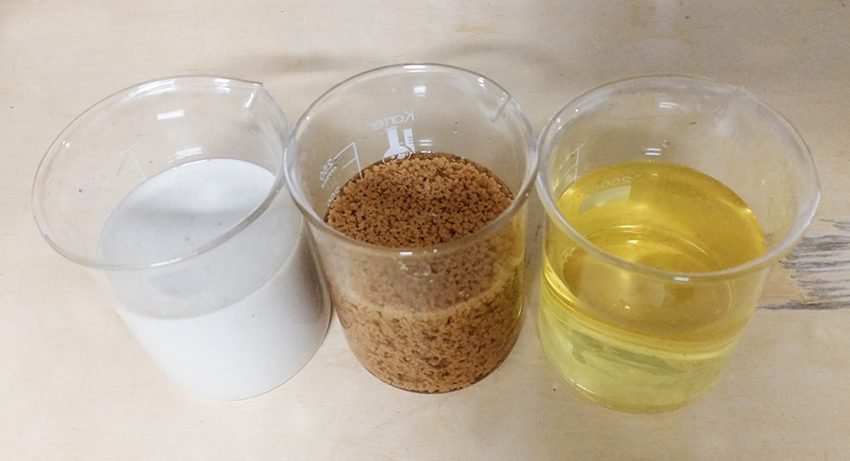Cutting Costs on Cutting
and Drilling Fluids Disposal
Cutting Costs on Cutting and Drilling Fluids Disposal
The disposal of cutting and drilling fluids and related coolants can be costly. The experts at JNE Environmental have found a cost-effective resolution.
May 8, 2017 — Cutting and drilling fluids contain a variety of oils and emulsifiers combined with water to cool and lubricate tools as they cut, drill, or grind metals and other materials. The emulsifiers keep the oil in solution with the water to avoid separation when being used. This combination helps to maintain tool performance, but it also makes the wastewater difficult to treat once the fluid is no longer usable. As a result, fluids are often disposed of as hazardous waste, incurring high operating costs to your company.
JNE Environmental has developed a process that allows you to treat this wastewater at your own plant, leading to significant cost savings. Our process can successfully separate the oil and waste from the water portion of these fluids using a series of our wastewater treatment products, specifically our JNE 281 coagulant, JNE CS-50 pH correction, and JNE 2003 flocculant.
The chemical oxygen demand (COD) of the untreated cutting fluid and the treated water was measured and found to have greater than 82% removal of the total oxidizable content. The turbidity (the thickness of the suspended matter within the fluid) was also decreased by 99.96%. When used in conjunction with a JNE FS-Series Dissolved Air Flotation (DAF) Unit, our process can achieve nearly 100% removal of fats, oils, and greases (FOG).
If you use cutting and drilling fluid or related coolants and are experiencing similar difficulty treating oily wastewater, please contact our team for a free, no-obligation site visit. Let us show you how we cut it!



